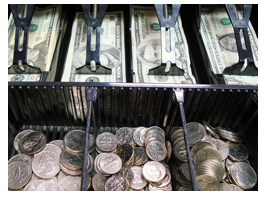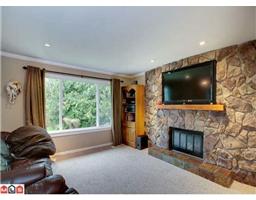Among the most essential parts to many types of POS system is the cash drawer. This is the place where cashiers put the profits from the sales that they ring up. If you are searching for the right cash drawer for your POS system, you want to know what the different types of cash drawers are available so that you can make the right choice.
8 Decisions to Make When Buying Cash Drawers
- Standard Versus Heavy Duty – The standard drawers are best for the businesses that have light or medium volume. The heavy duty are for the businesses with higher volumes and they also have a thicker construction so that they are able to bear much more weight for the other things like receipt printers and touch monitors.
- Manual Only Versus Electronic Interface – All of the cash drawers are able to be manually opened using a key, but there also are versions that can be electronically opened using a printer or a computer with a parallel, USB, or serial port. You can disable an electronic lock by setting your lock to the manual position.
- Size – Cash drawers are available in different sizes. Some are as small as just 13” and some go up to 20”. These different drawer sizes are because of factors like amount of coin/bill slots or even extra room for your documents beneath the main tray.
- Till/Money Trays – Most of the cash drawers come with removable compartments known as money trays/tills which separate loose bills or coins using dividers. The very basic model has five coins and five bill compartments and the highest configuration comes with eight coins and five bills.
- Options for Mounting – According to the eBay buying guide, all of the cash drawers are able to sit atop of the counter. But there are also ones that have mounting brackets so that the drawer can be secured beneath the counter.
- Media/Document Slots – Some of the drawers have slots that are cut into the drawer’s front face to allow you to slip in checks, receipts, and other types of paper documents.
- Front – The drawer’s front either can be coated using the same color as its body, usually either a white or black finish, or have a finish that’s stainless steel.
- Keyed Randomly/Keyed Alike – When the drawers are purchased at the same time, depending upon the drawer’s keying default, all drawers can have the same lock number or each of the drawers can have randomly assigned lock numbers.
Now that you know what kind of things you need to decide when you purchase a cash drawer, you also want to think about security. Here are some of the security considerations for when you are buying your cash drawer from the POS World Website.
3 Important Considerations for Security of Your Cash Drawer
- Locks and Key – If your business has more than one employee and multiple shifts, then usually the drawer keys are given to the shift manager so that the employees aren’t able to easily access the tray.
- Lids – It’s very common for the manager who is on duty to count down cash tills when the day is done. A lot of cash drawers have a lid that locks so that the till is secure during the move from the cash register to their office.
- Mounting Brackets for Under the Counter – These brackets serve a couple of purposes. First they save valuable space on the counter. Secondly they provide a good method to secure cash drawers beneath the business’ counter so that they’re secure from theft and it keeps the cash drawer where it’s not easily seen.
One thing to keep in mind with your business is that a lot of theft that happens is because of employees stealing. It’s been determined that almost half of the losses that happen to retailers are because of employee theft, based on an article on the Specialty Retail website.
Choosing the right cash drawer for your business can take some time, but finding the one that will work best is essential. Look at the ones that are available and think about the type of business that you have. This will give you the information to help you choose the right one.
Another important piece of information is where you want to get your cash drawer from. The best idea is to choose the one that works with your other items, and that is why you should consider buying one from the same place you get your other components.


